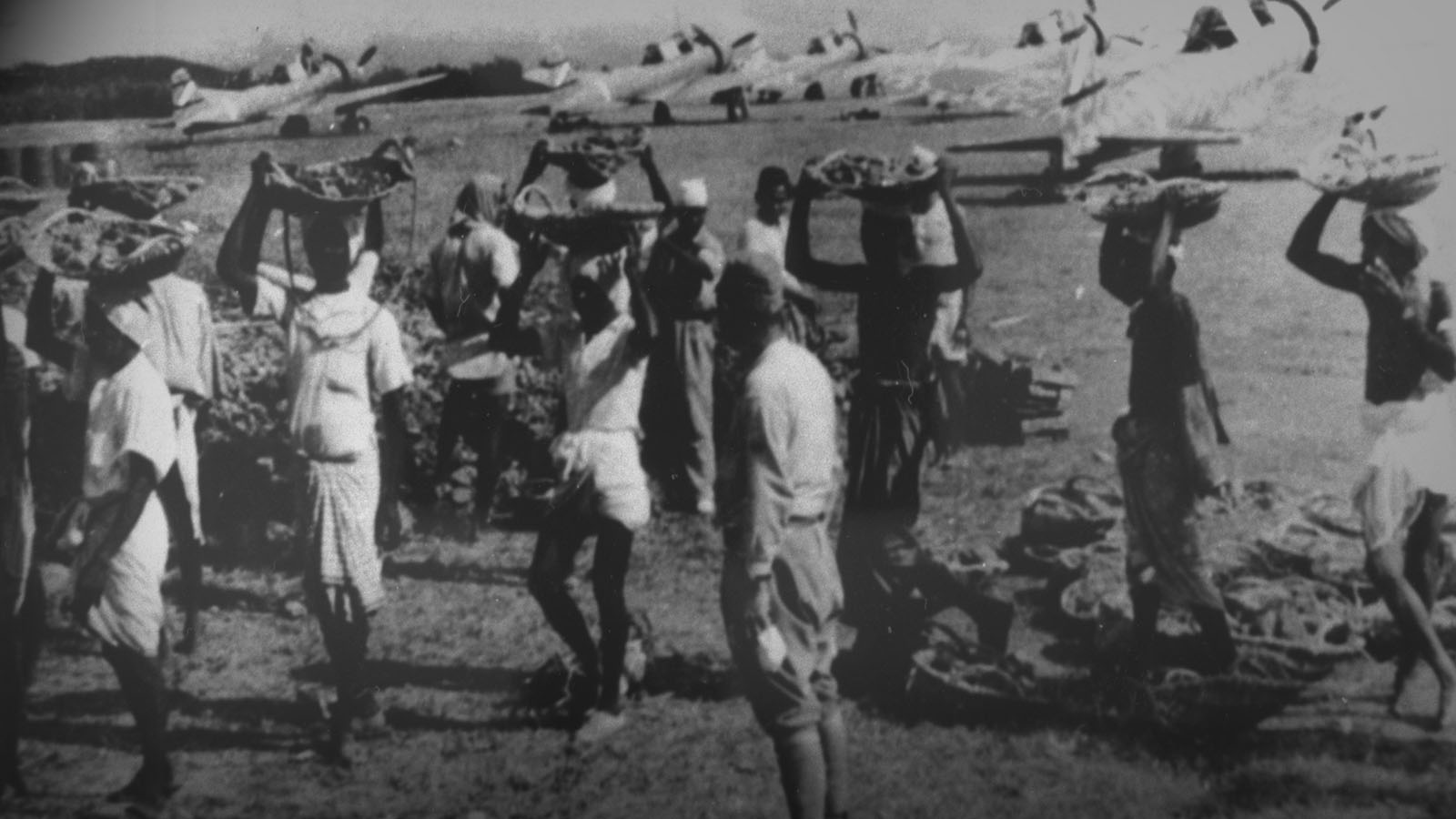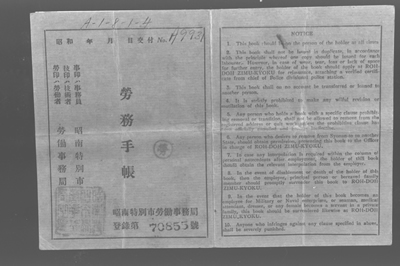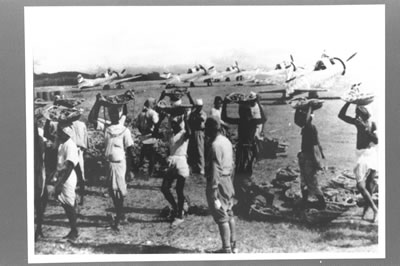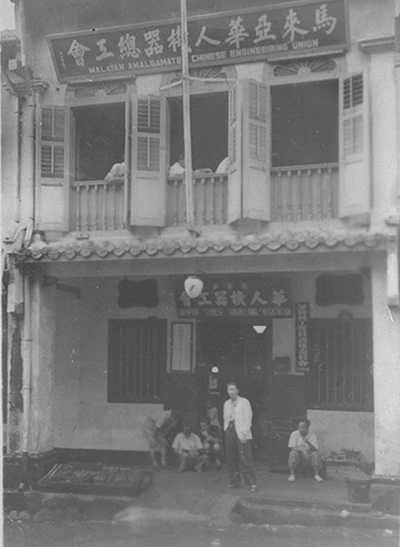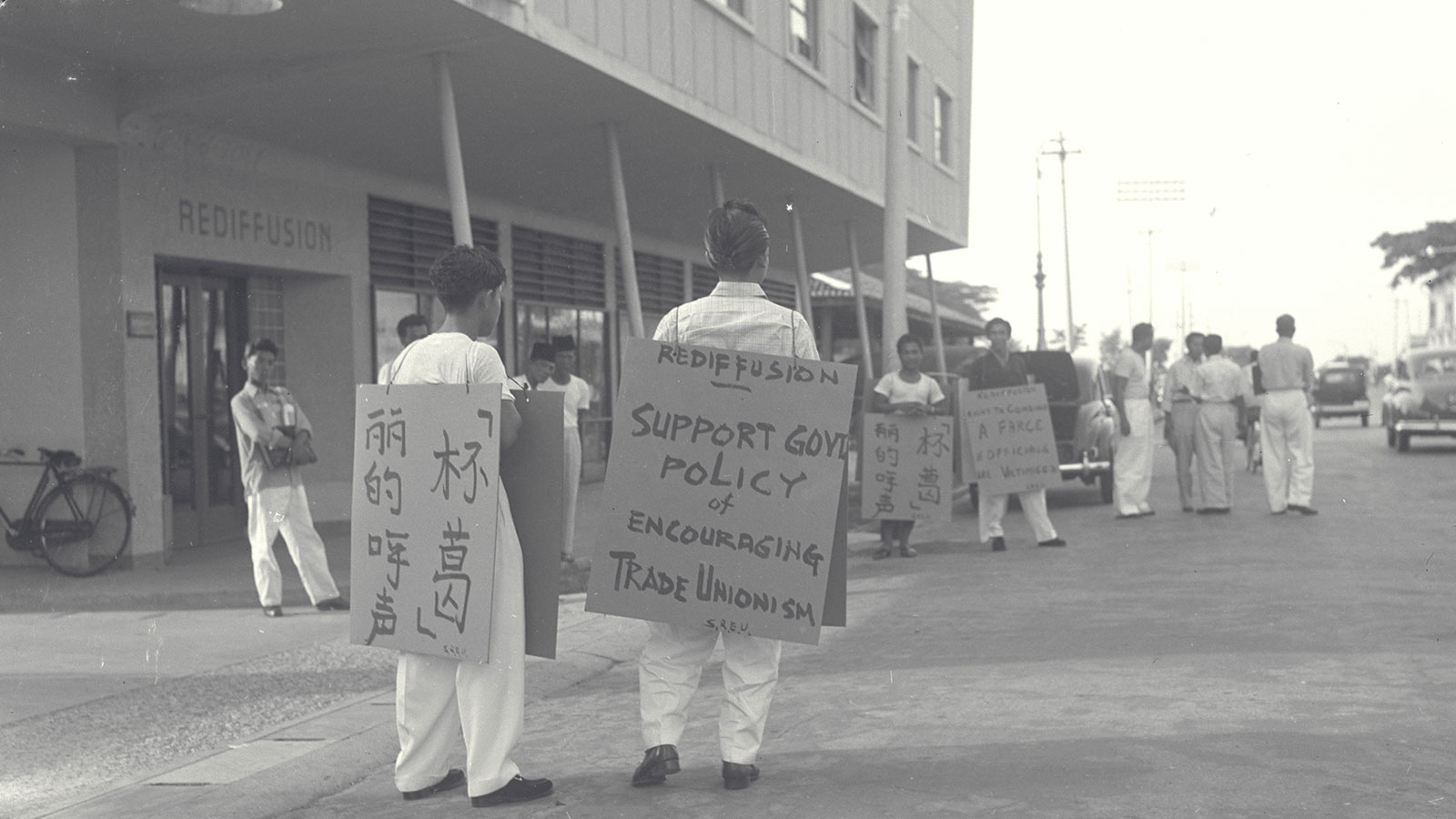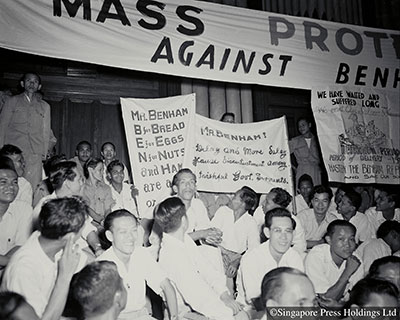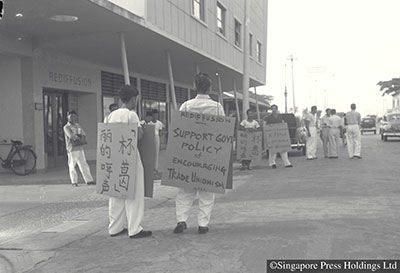In early Singapore and Malaya, labour was not organised in the form of unions but guilds which included employers and employees. It was only when the Trade Unions Ordinance was passed in 1940 that trade unions were established.
Throughout Malaya and Singapore, workers did not organise themselves into labour unions until after 1940. Before that, organised labour existed mainly in the form of Chinese guilds or hongs. These guilds started out as legitimate trade organisations comprising both workers and owners and existed in Singapore from as early as the 1820s. Later, the owners within each guild began recruiting ‘fighting men’ to protect their respective interests but over time, many of these guilds descended into criminal gangs or ‘secret societies’. These gangs were, to some extent, kept in check by the Societies Ordinance 1889.
It was only in 1939 that the first trade union legislation was introduced into the Straits Settlements. The move for the introduction of this legislation came from Lord Passfield (Sidney Webb) who served as Colonial Secretary from 1929 to 1931 in a Circular Despatch in which he proposed that legislation be passed to declare trade unions lawful for civil purposes, and providing for their compulsory registration. In 1940, the Industrial Courts Ordinance and the Trade Unions Ordinance were passed by the Straits Settlements Legislative Council.
They were implemented in 1941, against the backdrop of an impending war. That year, it was recorded that of the 260 trade guilds which had trade unionism as an object, 130 of them catered for employers; 90 for employees and 43 for both employers and employees.
At the outbreak of the Pacific War, a Trade Union Federation (TUF) was established by the Malayan Communist Party. It was aimed at organising labour against the Japanese, and it claimed a membership of over 70 unions. The TUF helped in the formation of ‘Dalforce’, a group of mainly-Chinese volunteer resistance fighters who fought against the Japanese. At the same time, some unions, like the Stevedores Union (amalgamated into National Transport Workers' Union in 2017) helped resistance leader, Lim Bo Seng gather labour for the war effort. Lim also led the Quarry Workers Union in the excavations required by the British Army to destroy the Johore Causeway. However, when the Japanese invaded Singapore in 1942, all labour unions went underground.

